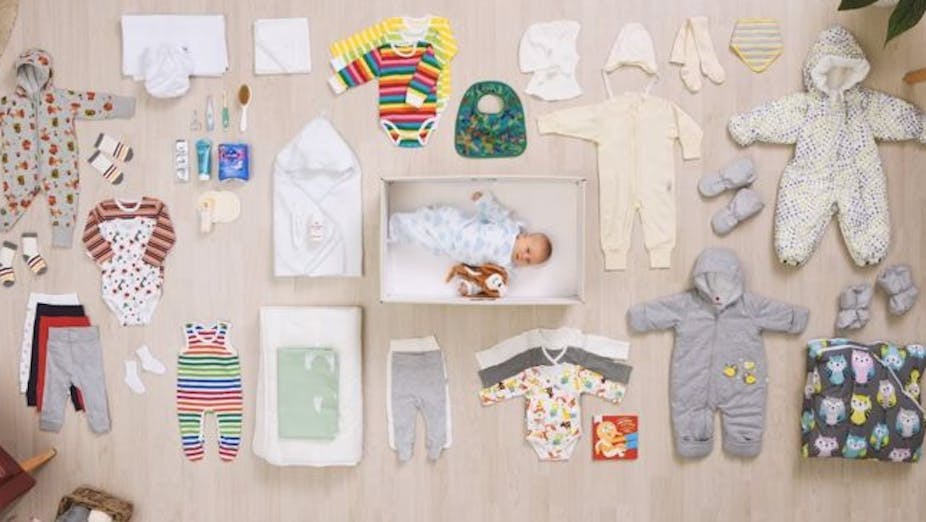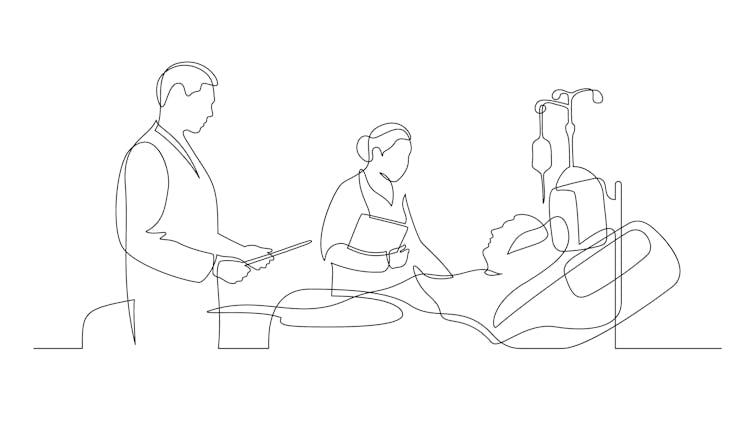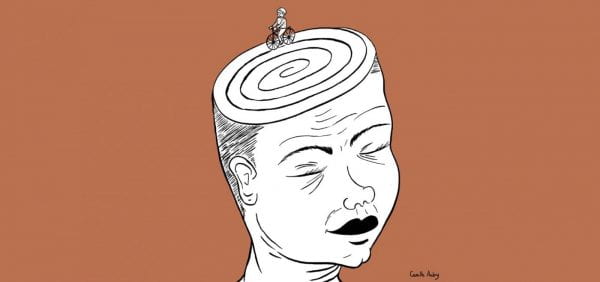This post was written by Professor Havi Carel (University of Bristol) and Professor Jane Macnaughton (Durham University)
Editor Note: COVID-19, with its wide ranging impacts, has opened up an opportunity to demonstrate the value of scholarly analysis from a wide range of perspectives. The use of an Arts and Humanities lens helps reveal unexamined areas of interest and importance that would otherwise remain blindspots in our understanding of the health, disease and societal impacts. This piece not only highlights beneficial arts and science collaborations (Singing for Lung Health) but also shows the power of reframing concepts in new ways, which can affect how we approach them.
For the last five years (2015-2020) we have been leading a Wellcome-funded project, the Life of Breath https://lifeofbreath.org/. Our aim has been to explore the experience of breathing and breathlessness from an interdisciplinary medical humanities perspective, including insights and knowledge from the humanities, social science and the arts. It is astonishing that just as we submitted our end of project report, the whole world has been taken over by the COVID-19 pandemic and, with it, the fear of breathlessness. This is all the more strange because a major theme of our project was the invisibility of breath: how as healthy individuals we take breathing for granted; how hidden are those who live with the daily fear of death that accompanies severe breathlessness; and how trustingly we rely on the air around us.
Although breathlessness is central to the diagnosis of COVID-19, and also a sign of disease progression, it is still not highly visible in the media, despite being a pervasive symptom of severe disease. Many of our pressing current concerns are more tangential: we are concerned about the curbs on personal freedom, about accessing food, and most of all about the health and wellbeing of our loved ones. Why are we not trying to understand the experience of breathlessness better?
Our research sheds light on this strange avoidance. Breath is essential to life and any threat to it is too frightening to be able to comprehend, let alone express. Our deepest and most atavistic fears relate to suffocation, drowning, or being unable to breathe. Breathlessness itself, we have found, is a complex experience that is difficult to articulate, and clinical language can obstruct understanding and prevent the update of suitable management. https://lifeofbreath.org/2019/07/the-meaning-of-the-name-pulmonary-rehabilitation-oxley-et-al-2019/
Much of our work explored how arts and humanities approaches can be used to support and alleviate the suffering associated with chronic breathlessness. Our research showed that encouraging expression of what breathlessness feels like can be aided by involvement with the arts, for example, through the ‘letter to my breath’ workshops our project designed and ran (https://lifeofbreath.org/2019/01/dear-breath-using-story-structure-to-understand-the-value-of-letter-writing-for-those-living-with-breathlessness-penny-malpass-2019/)
Outreach work from our Catch your Breath exhibition showed that poetry unleashes ideas and metaphors that enable the experience of breathlessness to be not only expressed to others but also understood by the breathless person themselves. Our ‘Singing for Lung Health’ groups provided important evidence that learning basic diaphragm control and simple singing exercises can increase confidence and sense of control.
Philosophy has also been used in our work to develop a framework for understanding breathlessness more broadly, as a lived experience, rather than as a medical symptom.
See: https://lifeofbreath.org/2016/10/phenomenology-of-illness-by-havi-carel/
We have also published policy recommendations on how breathlessness could be better managed, especially in end of life care:
http://www.bristol.ac.uk/policybristol/policy-briefings/life-of-breath/
Approaches to management can be enhanced if we take a step away from clinical contexts and instead step onto the dance floor to improve exercise capacity.
http://www.bristol.ac.uk/policybristol/policy-briefings/life-of-breath/
The Life of Breath website provides resources based on our research to support people with breathlessness or who are feeling anxious during this difficult time. We hope you find them useful.
https://lifeofbreath.org/2020/03/dance-easy-breathe-better-and-feel-good/
This post was originally published by the International Science Council. You can read the original article here.





 The baby box in Finland is embedded as part of the maternity system.
The baby box in Finland is embedded as part of the maternity system. 


